On Documenting Absence
What we commit. Upon and to our planet, to memory and to our collective future.
Seventy years ago, Alfred Hitchock filmed I Confess in Quebec. In my 20s, Robert LePage paid his own tribute to that film and its director with Le Confessional starring Lothaire Bluteau and Kristin Scott Thomas. The story switches back and forth between 1952 Quebec as Hitchcock creates his film to present-day Quebec (1994.) LePage crafts dialogue, mystery and visual scene transitions that evoke Hitchcock’s signature style.
In the film, Pierre (played brilliantly by Bluteau) comes home for his father’s funeral. Perhaps my favourite scene depicts Pierre dismantling an entire wall of old photographs to give it a fresh coat of paint. He slathers the wall in a crimson hue, yet as multiple coats of paint dry, each square or rectangle where the frames of former photographs hung continues to resurface. It’s clear the wall of photographs is Pierre’s own past returning to haunt him, regardless of how many attempts he makes to erase or gloss it over. The ghosts of the past shadow Pierre and his brother, Marc, superbly portrayed by Patrick Goyette. I must mention the film to Andy Adams over at
. He’s haunted by photographs, too.Speaking of photography and ghosts, this week I noticed all the Christmas and Yule trees left out on the edge of lawns and sidewalks. Obviously, I felt compelled to photograph them. Pretty sure my new neighbours think I’m a legitimate weirdo wandering the hood to document their driveway detritus. (Talk about leaving an impression.) But yesterday, I came upon the shape of a tree that had left its own. As though the fir had made its own snow angel. Well. Grass angel.
This isn’t the first time my eye has been drawn to absence. Since pursuing my master’s in photojournalism and documentary photography, I’m fascinated by the role photography plays related to grief, healing, memory and loss. In 2020, I began an ongoing, global, collaborative project Addressing Loss. Participants around the world share how they access images of loved ones now gone or memories of places from their past created and archived via the Google Street View fleet. Journalist Sirin Kale interviewed me about the project for The Guardian’s Sunday Observer Magazine in October 2021.
Apparently the phrase absence makes the heart grow fonder originates with the poet Sextus Empiricus who lived circa 360 to 270 BCE. Last year, I moved my child, myself and our dog to Canada’s east coast and though we don’t pine for Ontario all that much, we do miss a handful of people who mean the world to us. This is the first time in over two decades I’m not within driving distance of my parents or the close friends we miss back in Waterloo, Ontario.
Back in May of 2019, I attended a workshop on making feminist photobooks led by the super talented Delphine Bedel as part of Toronto’s CONTACT photography festival. At the workshop, I acquired a copy of Abendlied, a photobook by German photographer and professor, Birthe Piontek who sought to mark her mother’s onset of dementia. I am fascinated by how Piontek framed and documented the gradual loss of her mother’s memory. My mother began her own onset before I graduated and we worked collaboratively in the autumn of 2019. What resulted was Matriarch, a documentary project involving archival images related to her memory, love of elephants and various mementos she kept as an Irish immigrant to Canada in 1958.
How might one photograph what’s missing? We see absence clearly documented in the comparison of historical photographs to present day: the progressive speed in the recession of glaciers over a span of years, for instance. I just finished Elizabeth Rush’s essential read The Quickening, a journal of the first crew to visit and study Thwaites (a.k.a. the Doomsday Glacier) in Antarctica. Highly recommended. In it, Kelly Hogan, crew member and British marine geophysicist for THOR, remarks how the metaphor glacial pace has altered under the Anthropocene. The phrase can no longer be applied to mean something interminably slow. The impact of climate change has resulted in a loss of language as well as ice. Consider how the term permafrost loses its essential meaning as it thaws globally.
It’s one thing to write about loss. Photographing loss is more immediately apparent in the record of conflict. We see images right now of Palestine’s destruction every day and loss that most of us cannot begin to fathom. Absence and loss is palpable in witnessing the piles of shoes at Auschwitz. Loss from climate change in many instances has happened more gradually over the span of decades, such as species becoming extinct. It only seems more recently in privileged areas of the globe that loss from climate impact has ramped up dramatically and in increasingly shorter time spans. Elsewhere on earth, climate change has impacted lives going on decades.
Witnessing a tree one day and the shape of where it lay the next inspired a search through my own archive of images for when I might have documented absence before. We know it makes the heart grow fonder. Did my eye grow fond, too? How might photographers convey different forms of absence visually? Finding examples among my archive wasn’t as simple as I might have imagined. Still, I was not entirely surprised to find I had been documenting such moments or scenes, in one form or another, for years now.
What follows are a few images in which my own eye was drawn, consciously or unconsciously, to mark absence, longing or loss. Hope lies in the fact that while absence may be in some form delineated, the flip side of the coin is true, too. In each photo, we witness what is present. The canvas is not blank. Something or someone always lingers within the frame, even if it’s only the presence of their absence. This is the seed of a project I look to begin in 2024 with more conscious intent. [Working title: to memory now from lyrics to The Parting Glass.]
Perhaps in examining and documenting absence, we might learn to hold close the presence of what and whom exists now in our lives and on the planet before they disappear, including non-human personhood particularly as the sixth mass extinction unfolds on our planet. An active meditation on who and what remains precious and holds meaning to us and to the Earth. This is how I begin 2024 and I hope it may be a good if not entirely gentle reminder under continuing global pandemic and climate crisis not to take anyone or anything for granted as a new year unfolds.
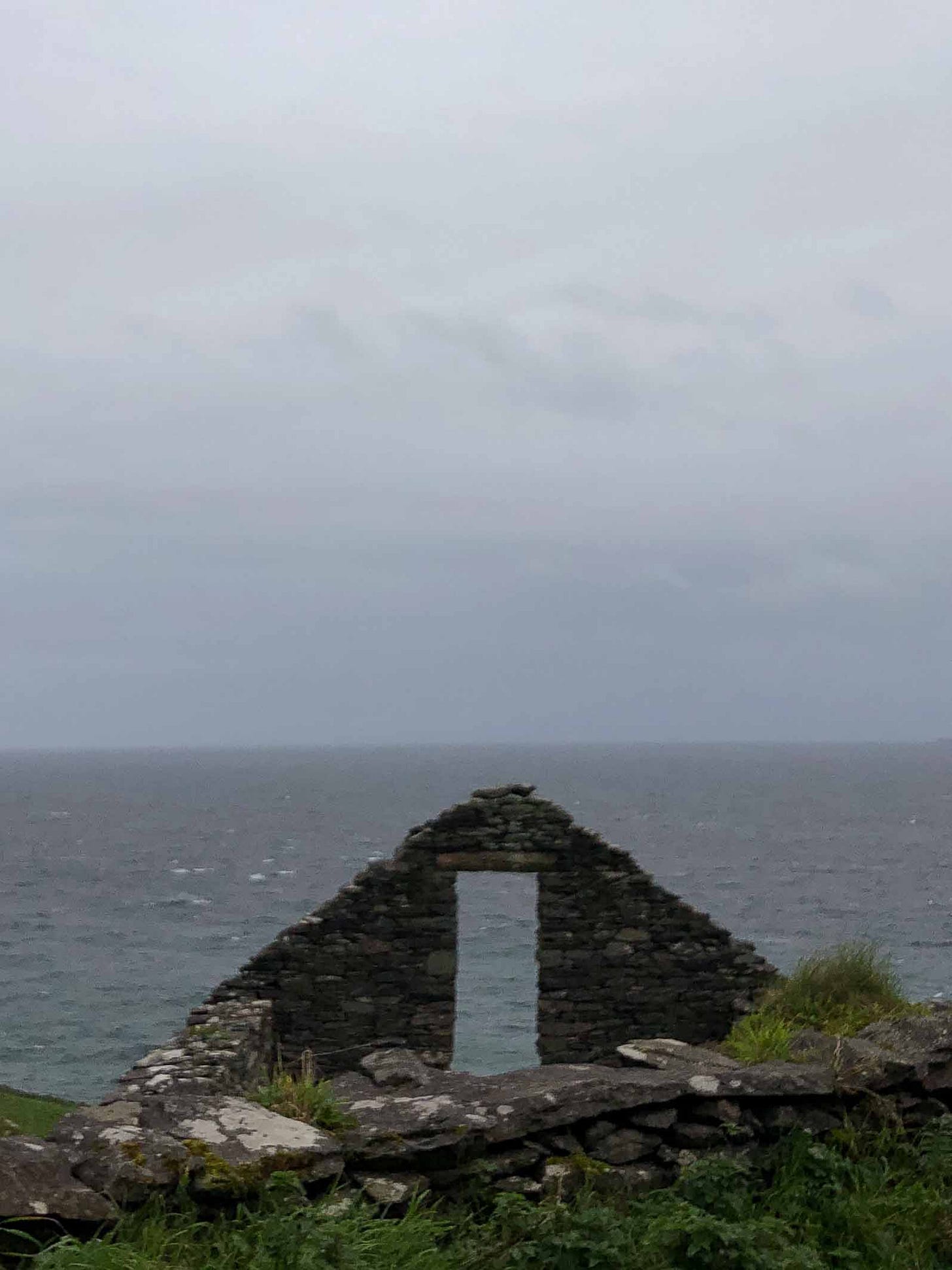
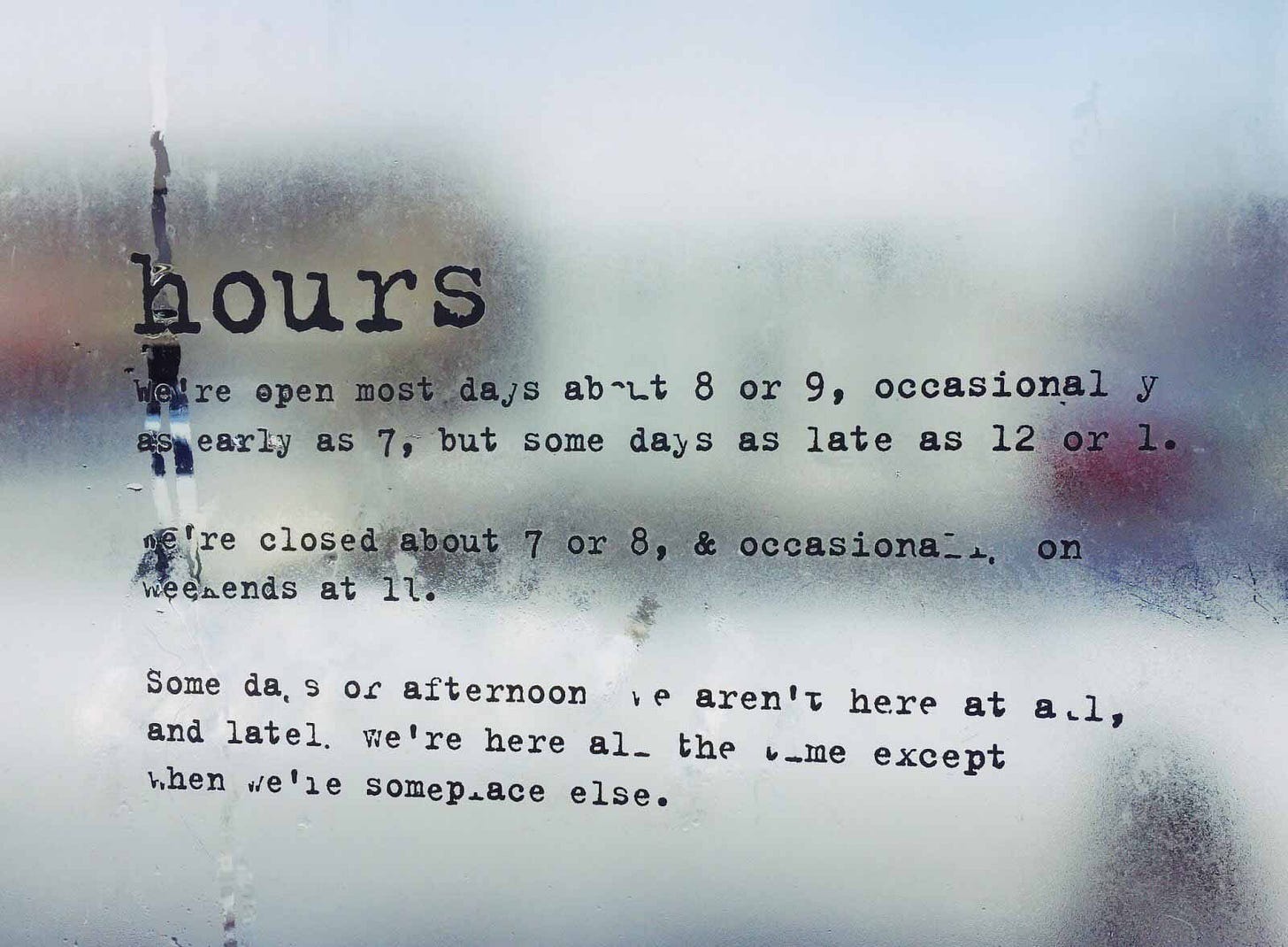



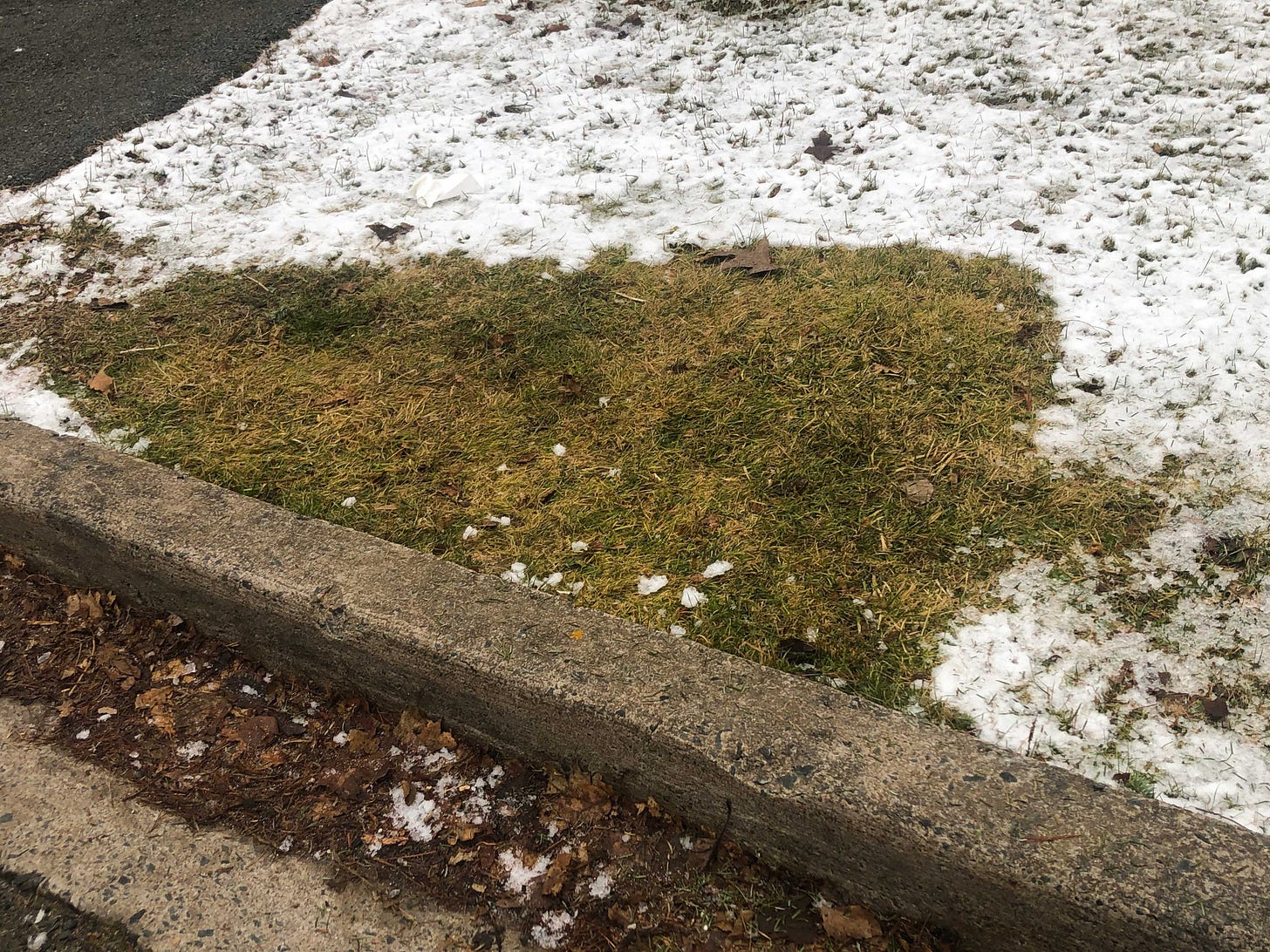


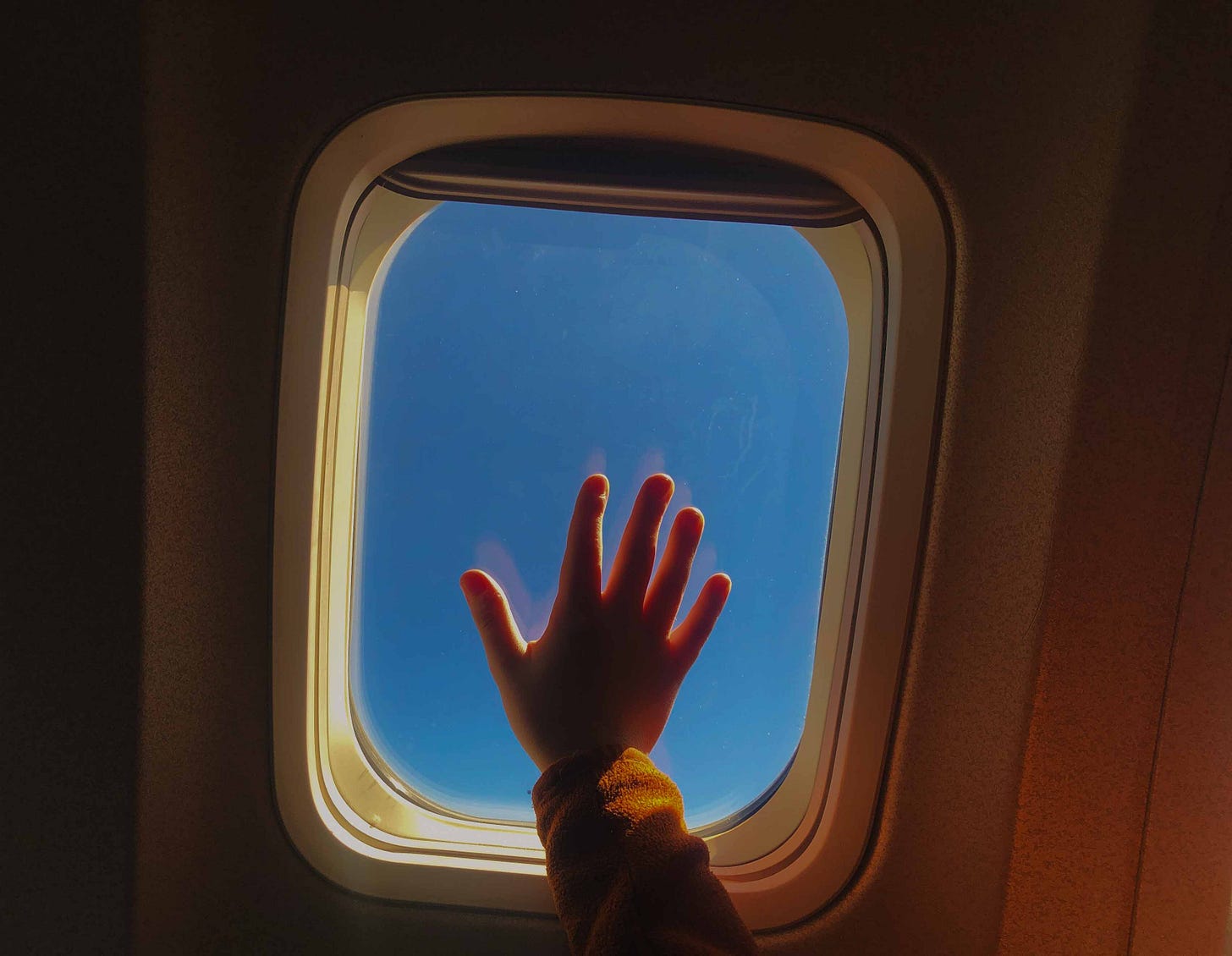
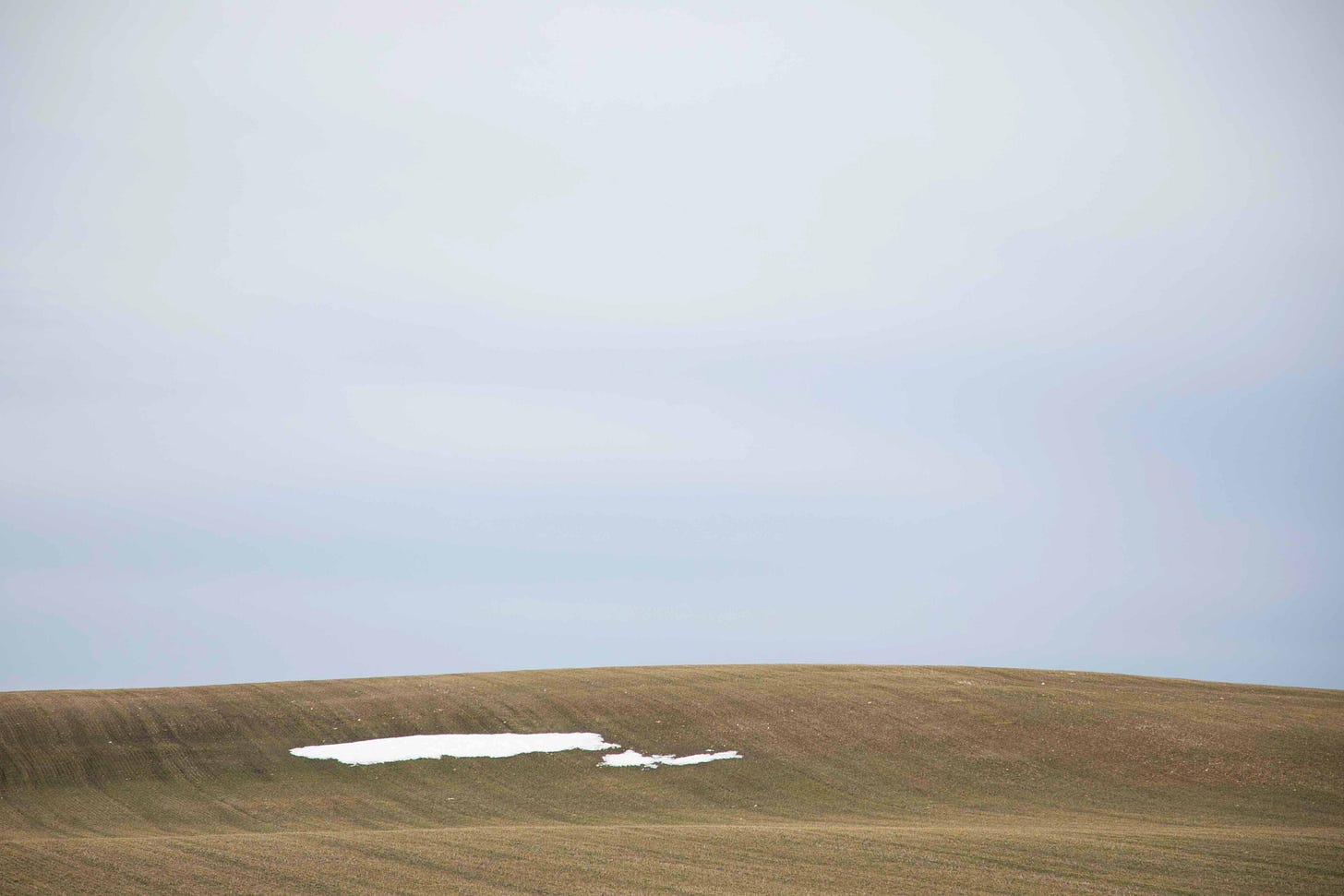
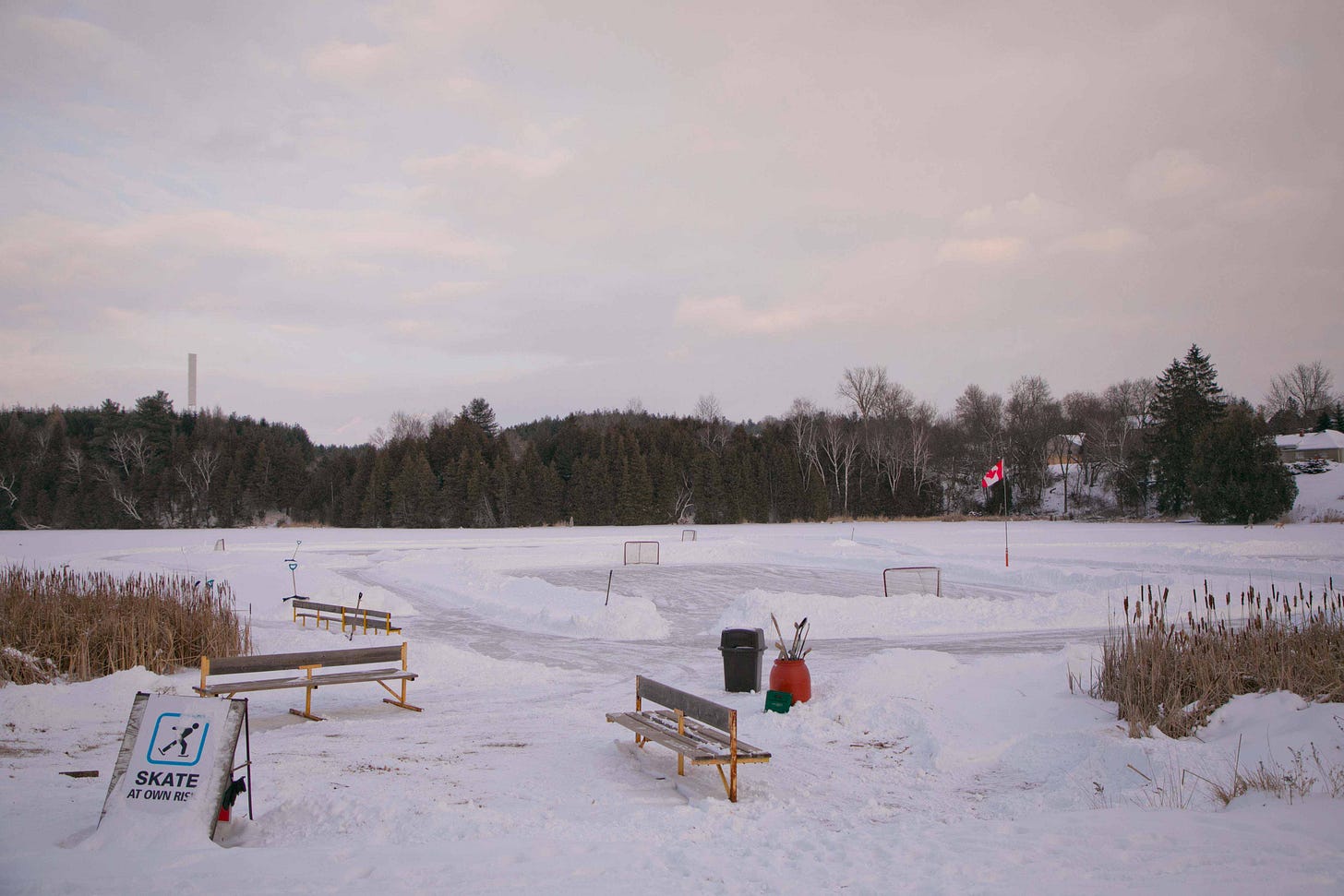
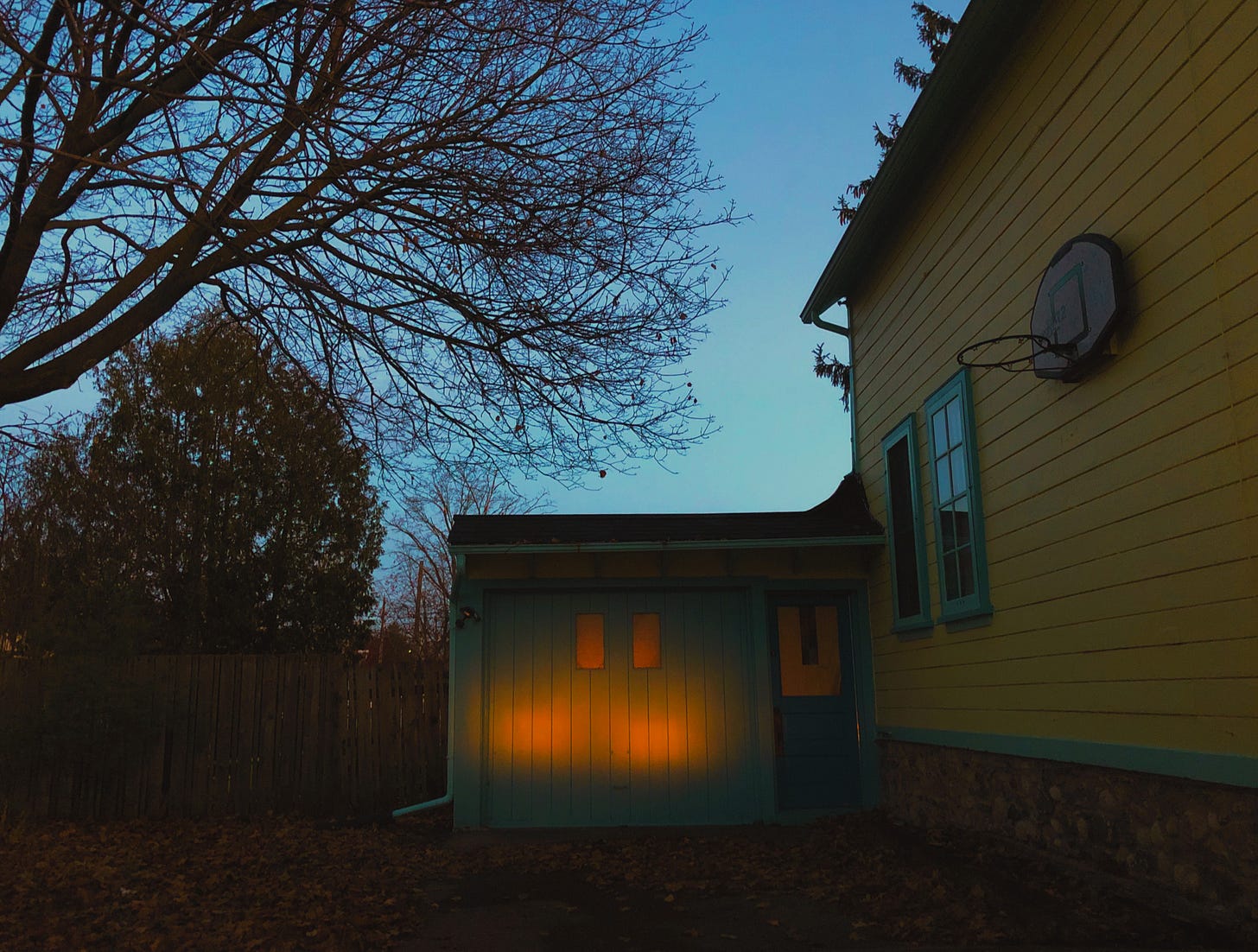
A fascinating topic which I try am really interested in too! Thank you for writing about it. It sure give food for thought!